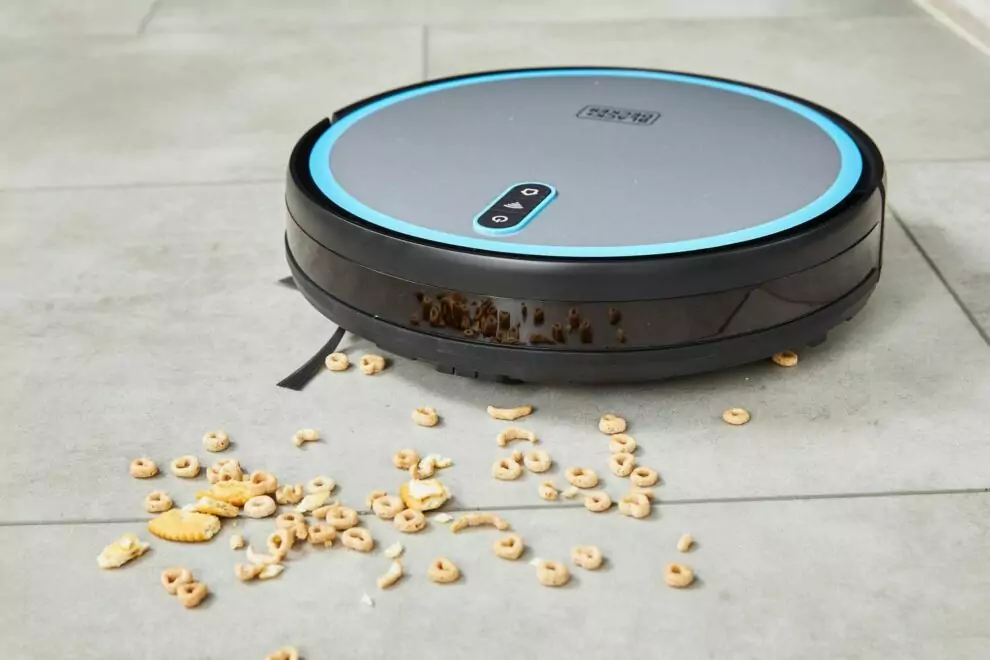The allure of a robot vacuum is undeniable. Who wouldn’t want a device that could autonomously clean their floors, leaving them spotless without lifting a finger? Since the introduction of the first Roomba in 2002, robovacs have come a long way, offering features like mapping technology, self-emptying docks, and even mopping capabilities. Yet, despite these advancements, they still fall short of being truly autonomous cleaning solutions. Here’s what you need to know before welcoming a robovac into your home.
Not as Smart as They Seem, but Improving
While modern robovacs are equipped with sophisticated sensors and navigation systems, they’re far from perfect. Some models, such as Roborock’s S7 and S8 MaxV Ultra, use RGB cameras and LiDAR to create accurate maps of your home, ensuring comprehensive coverage during cleaning sessions. However, not all robovacs perform equally well. Many struggle with corners, edges, or entire rooms, requiring users to tweak their living spaces for optimal results. For instance, cluttered areas can confuse even the smartest robovacs, necessitating manual intervention to clear obstacles beforehand.
Clutter Control: A Must for Optimal Performance
Speaking of clutter, one of the biggest challenges for robovacs remains debris on the floor. Most devices cannot navigate around socks, cords, or pet accidents effectively. While innovations like the Roborock Saros Z70, which features an arm capable of picking up small objects, offer hope for future improvements, most current models require owners to maintain a tidy environment. Pet owners, in particular, must remain vigilant; while some robovacs, like the Roomba J7 Plus, excel at detecting and avoiding pet waste, others may spread it across the house if left unchecked.
Pets and Robovacs: A Mixed Bag
For households with furry friends, introducing a robovac can be a double-edged sword. While dogs and cats might initially find these gadgets intriguing, many quickly grow anxious due to the noise, unpredictable movements, and unfamiliar scents. Cats, especially, tend to react negatively to robovacs, often retreating to safe spaces when the device is active. To mitigate this, experts recommend gradually acclimating pets to the presence of a robovac by allowing them to explore it while stationary.
Maintenance Matters
Even the most advanced robovacs require regular upkeep to function properly. This includes emptying dustbins (daily for non-self-emptying models), cleaning wheels and brush rolls weekly, and inspecting charging contacts and sensors regularly. Self-emptying docks, refillable water tanks, and automated mop pad cleaners have alleviated some of the burden, but maintenance remains essential for prolonging the lifespan of the device. Keeping sensors free of dust is particularly important, as dirty sensors can impair navigation and reduce effectiveness.
Mopping: A Work in Progress
Combo robovacs that vacuum and mop simultaneously represent a convenient solution for homeowners seeking dual functionality. However, their mopping capabilities vary widely. Some units leave carpets damp or drag dirty pads across surfaces, defeating the purpose of cleaning. Others, like the Roomba Combo J7 Plus, feature intelligent systems that lift the mop pad when detecting carpeted areas, preventing damage. Still, deep stains often require manual intervention, limiting the overall efficiency of robovac-based mopping.
Expectations vs. Reality
Despite their promise, robovacs rarely deliver a flawless cleaning experience. Corners, thresholds, and stairs continue to pose challenges for many models. Units may skip certain spots entirely or fail to navigate between rooms smoothly. In multi-level homes, carrying the robovac upstairs or purchasing additional units becomes necessary unless you opt for newer designs featuring legs or climbing mechanisms. Furthermore, spot cleaning after meals or accidental spills typically demands human involvement, reinforcing the idea that robovacs complement rather than replace traditional cleaning methods.
Best Picks for Specific Needs
When selecting a robovac, consider your specific requirements. For pet hair and plush carpets, the iRobot Roomba S9 Plus reigns supreme, thanks to its exceptional suction power and self-emptying base. Hardwood floors benefit from models like the Roomba Combo J7 Plus or Ecovacs Deebot T30S Combo, both of which combine effective vacuuming with motorized mopping. Budget-conscious buyers might explore third-party battery replacements, available for as low as $20, though official options ensure compatibility and longevity.
Conclusion: Practicality Over Perfection
In summary, robot vacuums represent a significant step forward in home automation but remain imperfect tools requiring user input for optimal performance. By understanding their limitations and maintaining realistic expectations, potential buyers can maximize the benefits these devices provide. Whether saving time, reducing effort, or simply enjoying the novelty of a robotic helper, robovacs continue to evolve, inching closer to fulfilling the dream of effortless cleanliness. Until then, embrace the convenience they offer while accepting the occasional need for human touch-ups. After all, no machine—no matter how advanced—can fully replace the care and attention only we can provide.
















Add Comment